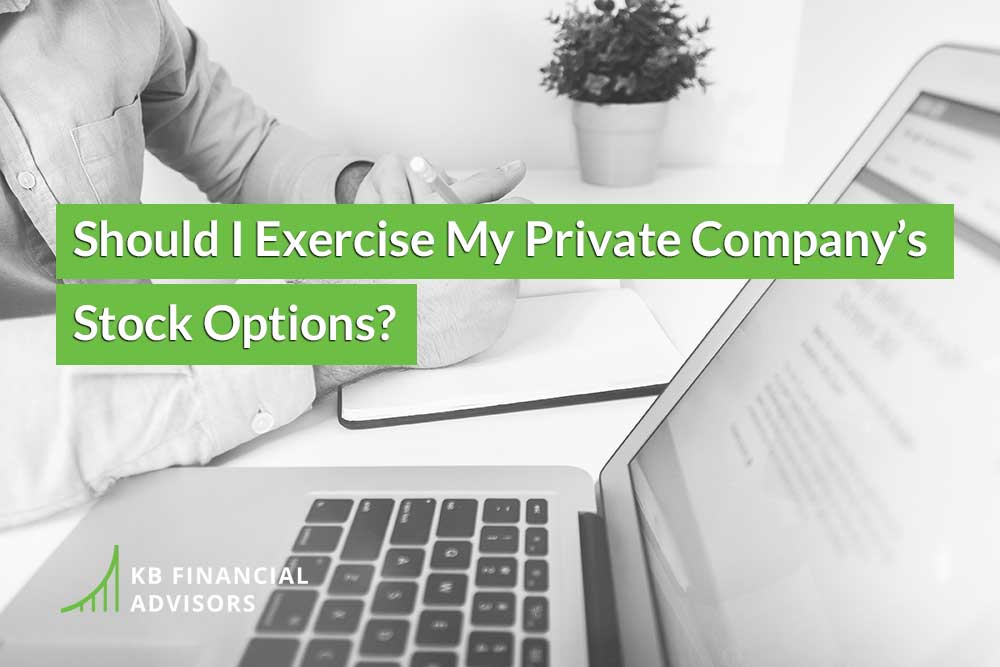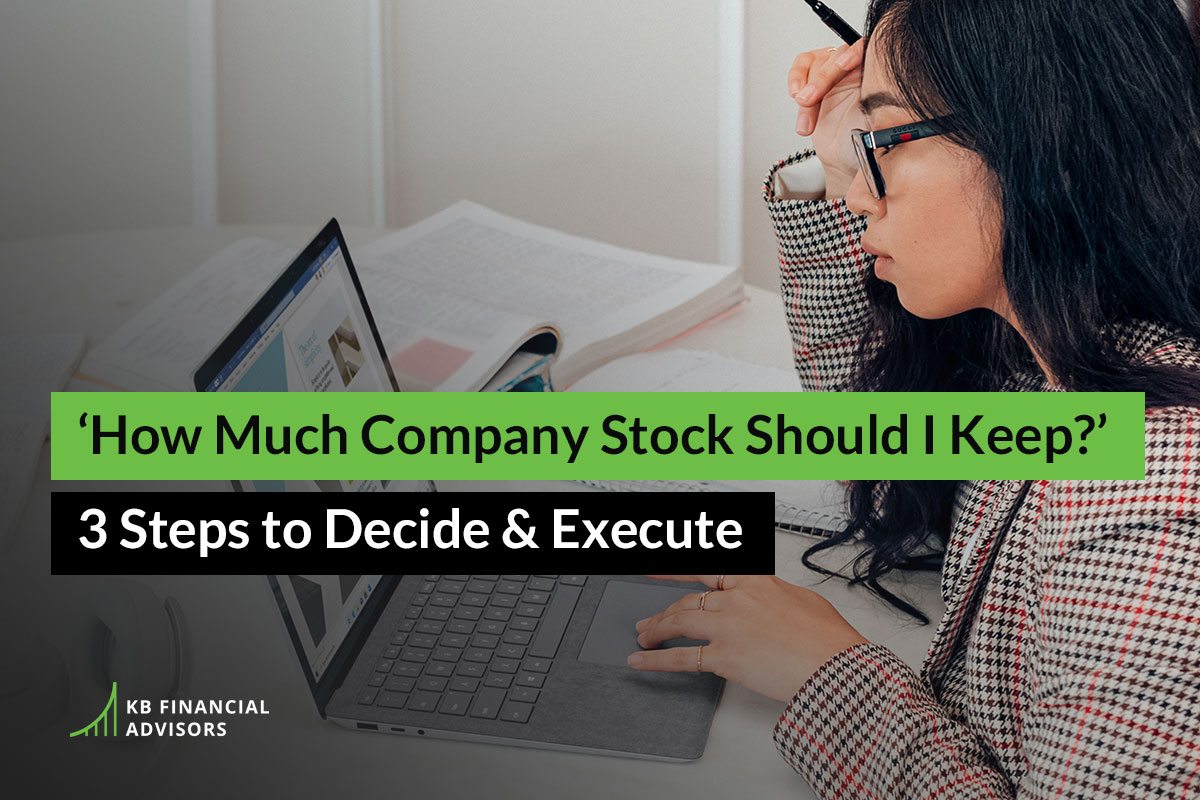Surprise! Your company just announced an IPO. Congrats! You know in theory you’re about to come into a lot of money… but how do you get your hands on it? Will you have to hand 50% of it over to the IRS in taxes? Or can you finally buy the house you’ve been wanting for so long? The good thing is, the stock options and RSU your pre-IPO company gave you when you started working there are now finally worth something, and making the right moves now will help you get the most cash possible from the IPO and your stock options. Here are five steps to get yourself organized so you can start making the right decisions, ASAP:
1. Get Organized: The Pre-IPO Guide for Employees to Find Out All Possible Ways You Can Make Money from the IPO
Review the status of your stock options and shares.
- What types of stock options do you have? ISO? NQ? RSU pre-IPO?
- How many of your options have you exercised (shares owned)?
- How many vested options have you yet to exercise?
- What is your RSU vesting schedule?
- Does the IPO trigger vesting of RSU?
- What is the most recent 409(a) valuation?
- What is the expected IPO price and date?
- Does your employer offer a 10b5-1 plan?
Take the time to read our Definitive Guide to Stock Options in San Francisco. It’s a great way to learn how to answer the questions above. There will be a lockup period after the IPO. This period is usually 180 days but you should verify your actual lockup dates with your employer. You cannot sell shares until after the lockup period ends. Getting organized will help you be ready to take charge once the lockup period is over.
2. Identify Your Pre-IPO Goals: How Much Money Do You Want to Make? And How Quickly?
Your employer equity awards are usually a large component of your net worth. An IPO can be an opportunity for transformational wealth. Goals that in the past may have seemed distant become much more attainable. You may be dealing with more money than ever before. How will you take advantage of the opportunity? You must develop a strategy for your own particular financial situation. Items to consider are:
- Diversifying your investments
- Timing the sale of your shares
- Generating cash from the IPO
- Direction of your career after the IPO
Taxes will play a huge part in this. It is important to work with your advisor to identify your goals. Having clear goals makes identifying the best strategy for you a lot easier.
3. Plan for IPO Tax: Know What to Set Aside for the IRS
You need to project the amount of income taxes you will incur after the IPO to develop a tax efficient approach. There are three different types of stock options. Each taxed a different way:
- Incentive Stock Options (ISO) – No tax at vest. No ordinary income tax when you exercise. You may pay the alternative minimum tax at exercise.
- Nonqualified Stock Options (NQ) – No tax at vest. You owe ordinary income tax when you exercise.
- Restricted Stock Units (RSU) – You owe ordinary income tax at vest. The IPO may trigger a large number of shares to vest at once.
Long term capital gains (LTCG) are the most favorable tax rates. Federal capital gain rates range between 15% and 23.8%. Your income determines the capital gains rate you pay. To qualify for long term capital gain rates, you must own your stock for one year before you sell. For incentive stock options (ISO), you must hold for one year after exercise and 2 years after grant. You will owe ordinary tax rates up to 39.6% upon vesting of restricted stock units (RSU). Exercising nonqualified stock options (NQ) also triggers ordinary income tax. You will also incur state income tax. Beware of restricted stock units! You may have RSU that are “earned” but do not vest until the IPO. You pay tax at ordinary income tax rates on the income from your RSU, when they vest. The income you pay tax on is the number of shares times the share price at vest. This puts you in a position to have a large chunk of ordinary income in the year of the IPO. We have seen clients with more than $1 million in income reported on their W2 from RSU alone. You may incur alternative minimum tax (AMT) at the time you exercise ISO. You must consider all these factors. Here are three sources to gather more info:
- Everything You Need to Know About Nonqualified Stock Options
- Kitces.com Marginal Tax Rate Chart – great chart to review and check potential tax rates
- How to Avoid the IRS Tax Trap on Stock Options – check your basis and avoid double taxation
You will be ready to take action with a tax plan in place.
4. Consider Exercising Pre-IPO Employee Stock Options: Buying Now Could Mean More Money Later
Are you holding vested ISO’s that you have not exercised? It may be helpful to exercise now and hold the shares for one year to get LTCG rates. You will generally incur AMT that you must pay in the year of exercise. But, you may recoup much of the AMT through a “minimum tax credit” in future years. This strategy works well if the current stock value is less than the IPO price and the stock price appreciates after the IPO. There is no assurance the stock price will appreciate or you will recover the AMT. Consider all outcomes when using this strategy. You may want to consider exercising only part of your vested ISO’s before IPO to lower your AMT. If you are holding vested NQ, you will owe tax on the spread between the strike price and the value of the shares on date of exercise. Your employer may require you to pay the tax at the time of exercise to satisfy the tax withholding requirement. For this reason, most employees wait until after the IPO and then do a same day sale of NQ after the lockup period.
5. Add Up the Numbers: How much will you cash out?
At this point, you have a lot of the information you need to get ready for an IPO. You have organized your stock options. Given thought to your goals. Put together a tax plan and exercised options if that’s the right move for you. Now, we can start to count the numbers. How much cash could you receive after your IPO?
- $500,000
- $1,000,000
- $5,000,000+
Share price has the largest single impact on the cash you receive from an IPO and taxes owed. Your goals timeline can get longer or shorter based on the share price. Plan now for multiple share prices. Three is a good place to start. The range of outcomes at different share prices may shock you. Throughout the lockup period you can adjust the share price based on how the stock is trading. It is not unusual to see the stock decline after the lockup as employees and insiders look to sell. Keep this in mind as you count the numbers. Counting the numbers also puts the cost of items like a 10b5-1 plan in perspective. The cost of a trading plan can be thousands of dollars. But, poorly timed trades at bad share prices can erase dollars at a greater rate than the cost of the plan. The amount of money that comes with an IPO requires you to change your approach to managing money. Plan now for multiple share prices to make the best decision for you.
Create the Best Possible Pre-IPO Plan for Yourself
These five steps above will help you get ready for an IPO. Again, as a review:
- Start by organizing your stock options and shares.
- Identify your goals to decide what strategies will work best for you.
- Put together a tax plan.
- Look at exercising now to lower taxes.
- Count the numbers to estimate your cash after IPO.
Your company will not navigate the IPO process alone. There will be a team of experienced advisers helping your company, and you deserve to have someone helping you figure things out too. Work with qualified advisors to follow the five steps here. Doing so you will avoid costly mistakes and maximize your after tax return. We can help. Start by scheduling a call today.



